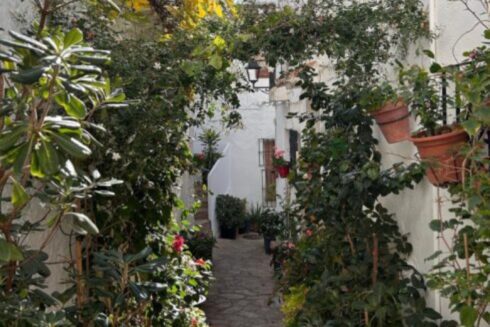Barcelona is rich in history, architecture, and culture, which would best be appreciated on foot. Walking tours bring a person closer to the real hidden treasures and iconic places around the city. Whether you’re a history enthusiast, an architecture buff, or just a curious traveler, a free walking tour Barcelona will reveal the fascinating stories behind some of its most historic sites.
The Gothic Quarter: The Journey Through Times
The Gothic area is the heart of old Barcelona, otherwise known as Barri Gòtic. This is a district that gives you an opportunity to travel back in time along narrow and sinuous streets all the way back to the Roman and medieval periods. With its maze of alleys that lead to picturesque squares with ancient churches and buildings.
Probably among the most typical sites of the Gothic Quarter would be the Barcelona Cathedral, whose real name is the Cathedral of the Holy Cross and Saint Eulalia. Truly outstanding in the Gothic style, it has a very ornate façade and towering spires, begun in the 13th century. Inside, it offers a vision of the beautiful interior of the cathedral, with its serene cloister housing 13 white geese in memory of Saint Eulalia’s age at her martyrdom.
Modernism: Marvels from Gaudí to the Present Day
Simply, Barcelona cannot be spoken of without Modernisme, or, as it is known internationally, Catalan Art Nouveau. Any consideration of the landmarks of Barcelona cannot overlook Antoni Gaudí, for in several of the city’s famous buildings, you can notice an individual style that is as imaginative as fanciful, and they are best appreciated on foot.
Sagrada Familia—Gaudí’s magnum opus—is the most astounding architectural building under construction since 1882. This soaring-towered basilica with intricate façades is the image of Barcelona, thus listed as a UNESCO World Heritage Site. Stroll around this exterior, and you will be fascinated by minute details of sculpture works representing scenes from the Bible. Entering the interior, one is struck by the jaw-dropping space of colorful stained glass and organic forms that express the feeling of nature.
Another fame of Gaudí is the Park Güell, a public park that shows his peculiar style of architecture. Stroll around the Park to find wacky mosaics, snaking benches, and the famous lizard fountain, “El Drac.” Views of the city from here are also magnificent, as the park is placed on the top of a hill, making it a spot to pause and appreciate.
Other creations of his genius are Casa Batlló and Casa Milà, residential buildings on the Passeig de Gràcia. Their undulating façades and their use of light and, in general, space are very new and original for houses. Evidence that Gaudí was far ahead of his time regarding architecture and design will be provided on a guided walking tour covering these places.
Hidden Gems and Stories by the Locals
These walking tours in Barcelona, however, go beyond the familiar landmarks to more obscure locations and give life to their history. Another such place in El Raval would be the Hospital de la Santa Creu; now a major historical hospital complex, it is occupied by the National Library of Catalonia. This place gives a view of the medical history of Barcelona besides showing how the public health service here developed.
Situated in the El Born district, Basilica of Santa Maria del Mar testifies to the city’s significant sea-trading history. It is a commanding Gothic church built by the inhabitants of the area of La Ribera in the 14th century and is, hence, popularly known as the “Cathedral of the Sea.” Its beautiful interior, featuring high-vaulted ceilings and slender columns, is not to be missed by architecture enthusiasts.
They also provide comments on the famous and less famous individuals that shaped the history of Barcelona. Stories of modernist architects, who changed the face of the city’s skyline, and local heroes and ordinary citizens whose lives are entwined with the very fabric of this city, deepen the exploration of these landmarks.










